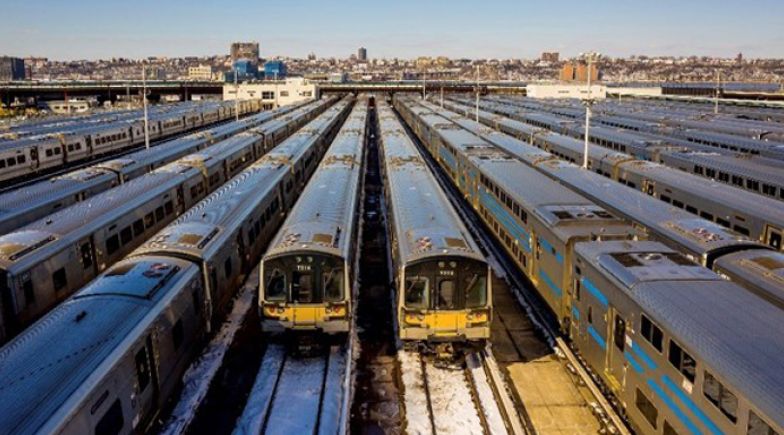Metro-North Rail (MNR) commuter rail service served nearly 83.379 million riders in 2014, making it the second-largest commuter railroad in the United States after Long Island Railroad (LIRR), whose annual ridership was a very close 83.384 million. MNR relies on forecasts of passenger activity across its five lines and 122 stations for planning purposes.
How we helped
Steer developed ticket sales and revenue forecasting models for Metro North Rail Road (MNR).
The models, based on econometric modeling techniques, provided short, medium and long-term estimates of future ticket sales for each of the ticket types offered by the agency.
The model development was challenging on several fronts: the different ticket types include commuter (monthly, weekly and one-way peak period), mixed commuter and leisure (one-way off-peak) and several smaller ticket types with a purely leisure and discretionary market profiles. Each of these ticket types needed to be modeled separately to account for considerable difference in behavior and price responsiveness in the markets. Steer developed interactive forecasting tools incorporating the numerous models.
Successes and outcomes
Steer’s econometric models and forecasting tools allowed MNR to develop periodic forecasts for their budgeting and capital planning.


